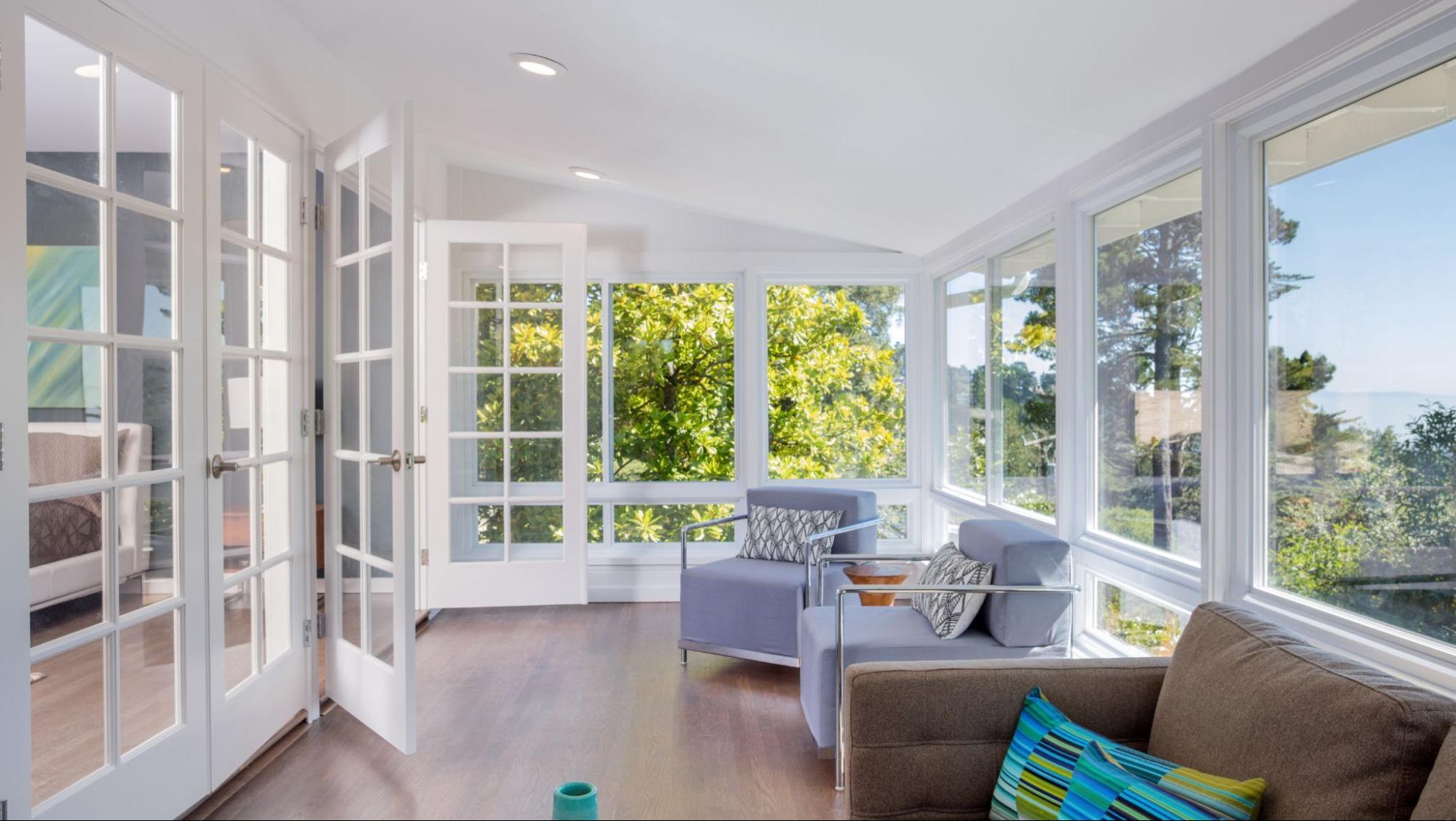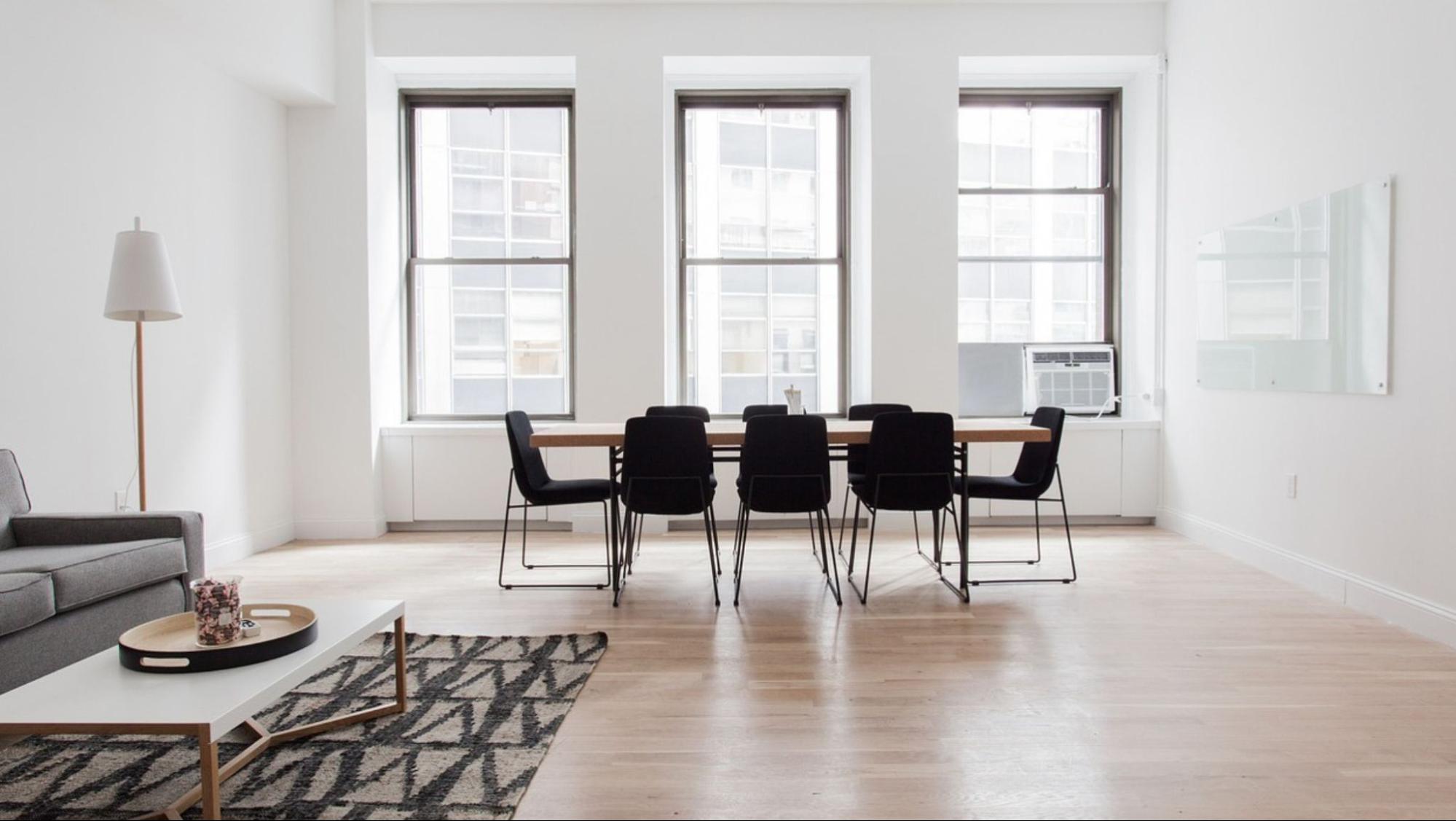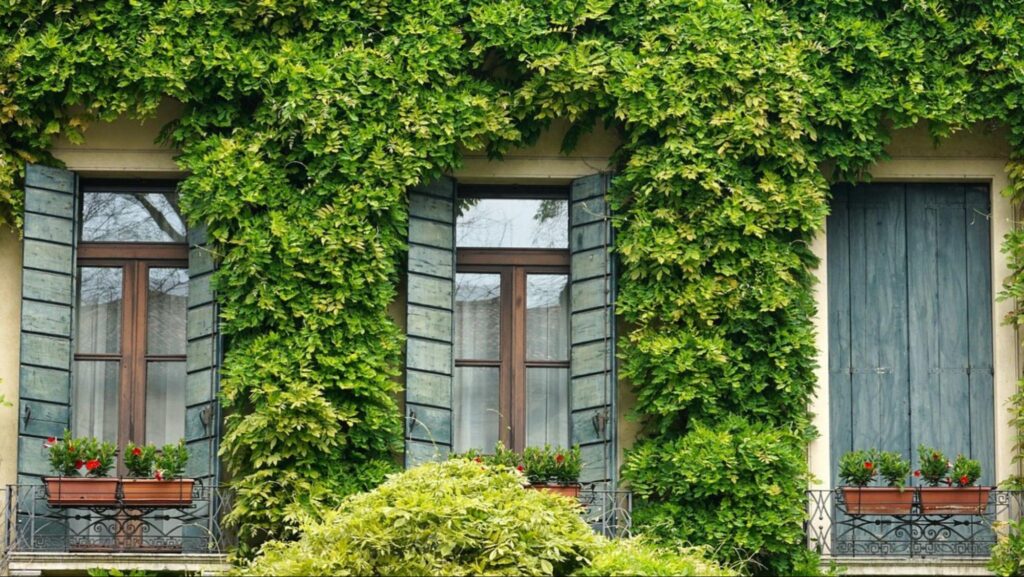When it comes to replacing your windows, selecting the right materials and style can feel overwhelming. You’ll want to balance aesthetics, energy efficiency, and durability to create a comfortable home environment. This guide is going to walk you through essential factors to consider, ensuring you make an informed decision that not only enhances your home’s curb appeal but also contributes to long-term energy savings and comfort. Let’s get started!
Climate and Weather Conditions
Considering climate and weather conditions is crucial when choosing window materials and style, as these factors significantly impact performance and longevity. Emerald City experts performing window replacement in Seattle can explain how different materials respond uniquely to variations in temperature, humidity, and exposure to elements like UV rays and precipitation. For instance, vinyl windows are excellent for humid environments due to their moisture resistance, while wooden frames may require more maintenance in wet climates.
Additionally, understanding local weather patterns can help you select energy-efficient options, such as double or triple-glazed windows, which can improve insulation and lower energy bills. To assess climate and weather conditions, review historical weather data for your area, consult local building codes, and consider your home’s orientation to the sun. This information will guide you in making choices that protect your investment and improve your home’s comfort and efficiency.
Energy Efficiency
Considering energy efficiency when choosing window materials and style is paramount for reducing energy consumption and maintaining a comfortable home environment. Energy-efficient windows can significantly lower heating and cooling costs, ensuring that your home stays warm in winter and cool in summer without excessive energy expenditure. Look for windows with high Energy Star ratings, which indicate superior performance in energy conservation.
Furthermore, materials such as vinyl, fiberglass, and some types of wood can enhance energy efficiency due to their insulating properties. To assess energy efficiency, check for features like low-emissivity (low-E) coatings, which reduce heat transfer, and explore options like double or triple glazing. Consulting with professionals or using energy audit tools can also provide insights into your home’s current energy performance and highlight areas for improvement. Ultimately, selecting energy-efficient windows contributes positively to both your wallet and the environment.
Durability and Maintenance
You want windows that are truly durable but still easy and simple to maintain. Such a combination will save you time and money and ensure your home remains beautiful for years to come. Here are some materials you should consider:
- Vinyl
- Fiberglass
- Aluminum
- Wood
- Composite
- Steel
- Aluminum-clad wood
Also, the following styles are easiest for upkeep:
- Picture windows
- Casement windows
- Awning windows
- Sliding windows
Considering durability and maintenance is essential when choosing window materials and styles because it directly impacts the lifespan and performance of your investment. Durable windows withstand environmental stressors, reducing the need for frequent replacements and repairs, which can be costly over time.
Moreover, low-maintenance materials save homeowners valuable time and effort in upkeep. By selecting windows that offer both durability and ease of maintenance, you ensure that your home remains aesthetically pleasing and energy-efficient while minimizing long-term expenses and preserving your property’s value.
Style and Aesthetics
Style and aesthetics play a vital role in enhancing the overall appeal of your home. Windows are often focal points, and selecting the right design can harmonize with your architectural style, whether it’s modern, traditional, or transitional. A coherent aesthetic not only improves curb appeal but can also increase property value.

To pick the right window style, start by assessing your home’s design and the surrounding environment. Consider factors such as the existing color palette, architectural lines, and local trends. Additionally, think about how natural light flows through your spaces and how different materials can create various effects. Don’t hesitate to consult with a design professional to ensure your choices align with your vision while meeting functional needs. Striking the right balance between beauty and practicality will yield the best results.
Budget
A well-crafted budget is essential to ensure a sustainable investment without compromising quality. A well-defined budget helps you narrow down options, allowing for informed decisions that align with your financial capabilities. Quality windows can significantly impact long-term energy savings, and prioritizing durability and efficiency upfront can mitigate future expenses related to replacements and repairs.
To create a budget, start by researching the average costs for different window types and materials. Include installation fees and potential maintenance costs in your calculations. Consider obtaining quotes from multiple suppliers and contractors to identify the best value. Additionally, factor in any potential energy savings and incentives for energy-efficient options that may offset initial expenses. By taking a comprehensive approach to budgeting, you can achieve a balance between aesthetics, performance, and affordability.
Security and Safety
Windows are often vulnerable entry points, and selecting robust materials paired with secure locking mechanisms can deter intruders and provide peace of mind. Opt for materials like reinforced glass or laminated options, which enhance impact resistance and reduce the risk of breakage.
To assess security features, examine certifications from organizations such as the American National Standards Institute (ANSI) or Underwriters Laboratories (UL). Additionally, evaluate the window’s frame strength and the quality of locks. Consulting with window professionals can offer insights into the best security practices tailored to your needs, ensuring your investment not only enhances your home’s aesthetics but also prioritizes your family’s safety.
Local Building Codes
These regulations ensure safety, structural integrity, and energy efficiency in construction. Compliance with these codes helps avoid potential legal issues, costly fines, and the need for expensive rework should inspections reveal violations. Additionally, building codes may dictate specific requirements based on geographic and climatic factors, such as wind resistance and insulation values, making adherence crucial for optimal performance.
To align with local codes, start by researching your municipality’s requirements, which can often be found on their official website. Consulting with local contractors or building professionals can provide insights into compliance strategies. By understanding and following these regulations, you ensure that your window choices contribute to a safe and sustainable home environment.

In conclusion, choosing the right windows for your home involves careful consideration of factors such as climate, energy efficiency, durability, and style. By taking the time to research and assess your options, you empower yourself to make informed decisions that enhance both the aesthetics and functionality of your living space. Invest wisely in your windows, and you’ll reap the rewards of improved comfort, security, and energy savings for years to come.



